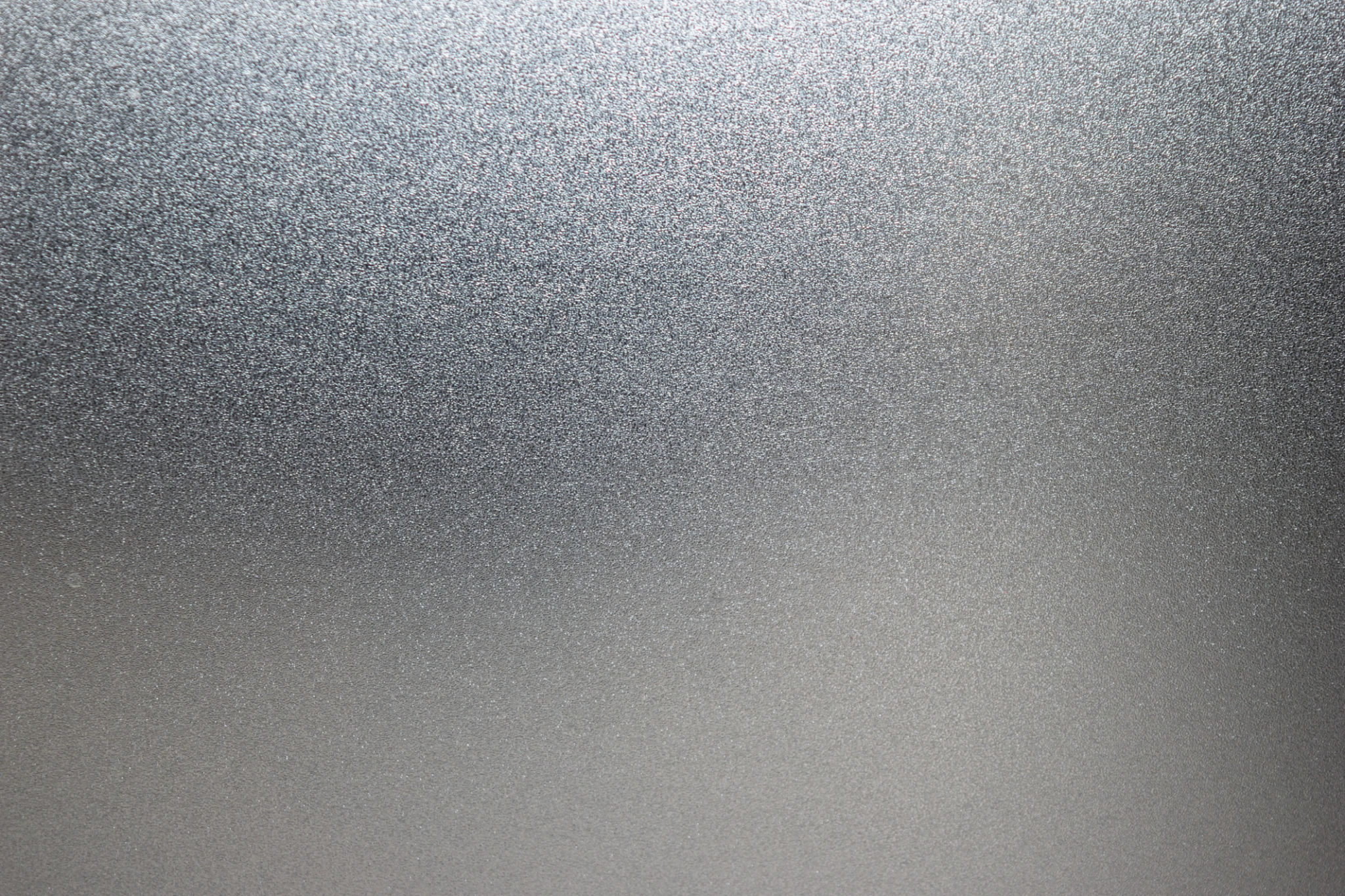Understanding the Different Types of Window Tint Films
Introduction to Window Tint Films
Window tint films are not just a stylish accessory for your vehicle or home. They serve a variety of purposes, from enhancing privacy to protecting interiors from harmful UV rays. Understanding the different types of window tint films can help you make an informed decision that best suits your needs.

Dyed Window Tint Films
One of the most common types of window tint films is the dyed film. It is primarily used for its aesthetic appeal, offering a dark and sleek look. Dyed films work by absorbing sunlight, which can significantly reduce glare and provide some heat reduction. However, they offer minimal protection against UV rays and may fade over time.
Advantages of Dyed Films
- Cost-effective and widely available
- Provides a uniform appearance
- Reduces glare effectively
Metalized Window Tint Films
Metalized window tint films are crafted by embedding tiny metallic particles within the film. These films are known for their reflective properties, which not only enhance privacy but also significantly reduce heat by reflecting sunlight. Metalized tints are durable, scratch-resistant, and offer excellent UV protection.

Considerations for Metalized Films
While metalized films are highly effective, they can sometimes interfere with electronic devices such as GPS and mobile phones due to their metallic content. It's important to weigh these potential drawbacks against their benefits before choosing this type of tint.
Carbon Window Tint Films
Carbon window tint films are a popular choice for those seeking a non-reflective finish with excellent heat reduction capabilities. Unlike dyed films, carbon tints do not fade over time and provide a matte appearance that enhances both style and function.
Benefits of Carbon Films
- Blocks up to 40% of infrared radiation
- Prevents interior fading by blocking harmful UV rays
- No interference with electronic devices

Ceramic Window Tint Films
Ceramic window tint films are considered top-of-the-line in the world of window tints. These films contain ceramic particles that block up to 99% of UV rays and significantly reduce heat. Unlike other films, ceramic tints do not contain metals or dyes, ensuring no signal interference and no fading.
The Premium Choice: Ceramic Films
The main advantage of ceramic films is their superior performance in heat reduction and UV protection, making them ideal for those living in hot climates. However, this premium quality comes with a higher price tag.
Choosing the Right Window Tint Film
Selecting the right window tint film depends on your specific needs and budget. If privacy and aesthetics are your primary concerns, dyed or carbon films may be suitable. For those prioritizing heat reduction and UV protection, metalized or ceramic films are more appropriate.
Ultimately, understanding the unique characteristics of each type of window tint film can help you make a well-informed decision that combines both form and function.